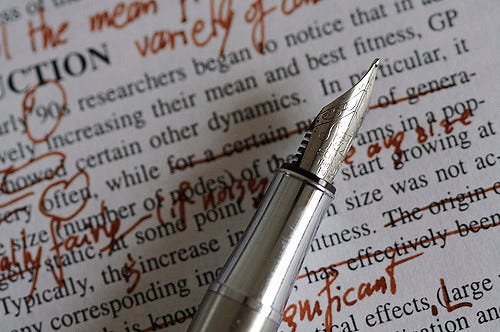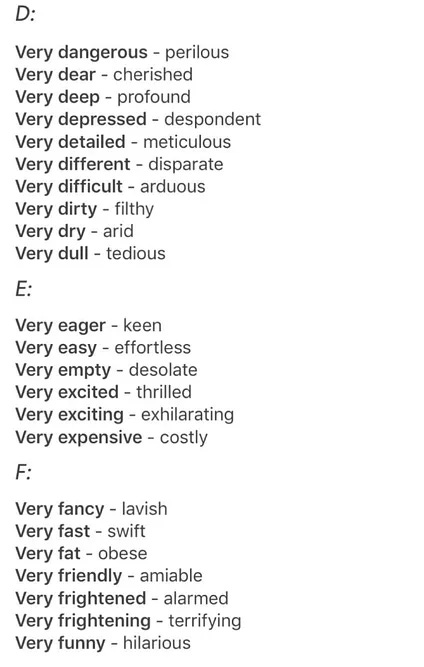by Jerry Jenkins
Editing checklist to make sure your final draft has:
Deleted throat-clearing, freeing my opening of unnecessary scene setting, backstory, background information, or anything else that keeps me from getting on with my story.
Chosen the simple word over the complicated one. Anywhere I could have simplified, I have.
Omitted needless words.
Deleted even subtle redundancies, such as “he clapped his hands” or “he shrugged his shoulders.”
Deleted up and down, except where necessary.
Deleted that, except when necessary for clarity.
Not over-explained. (Instead of “He walked through the open door and sat down in a chair,” you would write, “He walked in and sat in a chair.”)
Avoided quotation marks around words used in another context, as if the reader wouldn’t otherwise “get it.”
Avoided telling what’s not happening, such as, “He didn’t respond,” or, “The room never quieted.”
Used strong nouns and verbs instead of overusing adjectives and adverbs.
Avoided hedging verbs, such as smiled slightly, almost laughed, etc.
Deleted the term literally when I actually mean figuratively.
Deleted unnecessary stage direction, telling my reader only what he or she needs to know in each scene—nothing more.
For fiction, make sure the final draft has:
Maintained a single Point of View per scene.
Avoided clichés—not just words and phrases, but also situations.
Resisted the urge to explain, showing rather than telling. For example, not, “It’s cold,” which is merely flat, telling narrative, but rather, “She shivered,” which is descriptive language, showing a character in action, letting the reader experience the story and deduce what is going on without being told.
Primarily used said to attribute dialogue, rather than any other option.
Included specifics to add the ring of truth.
Avoided similar character names or even the same first initials to keep characters distinct. [Famous writers have given more than 1 character the same name as a brain teaser, so it can be done, but not without causing frustration.]
Avoided specialized punctuation, typestyles, font sizes, ALL CAPS, italics, bold facing, etc.
The Art of the Pitch
The point of the pitch letter is to demonstrate that you’re a good fit, a good bet for the agent/publication, that you can shoulder the responsibility of coming through for them with a reliable product that will be in demand. Think of it as a tasty appetizer to whet the appetite of all who read it.





